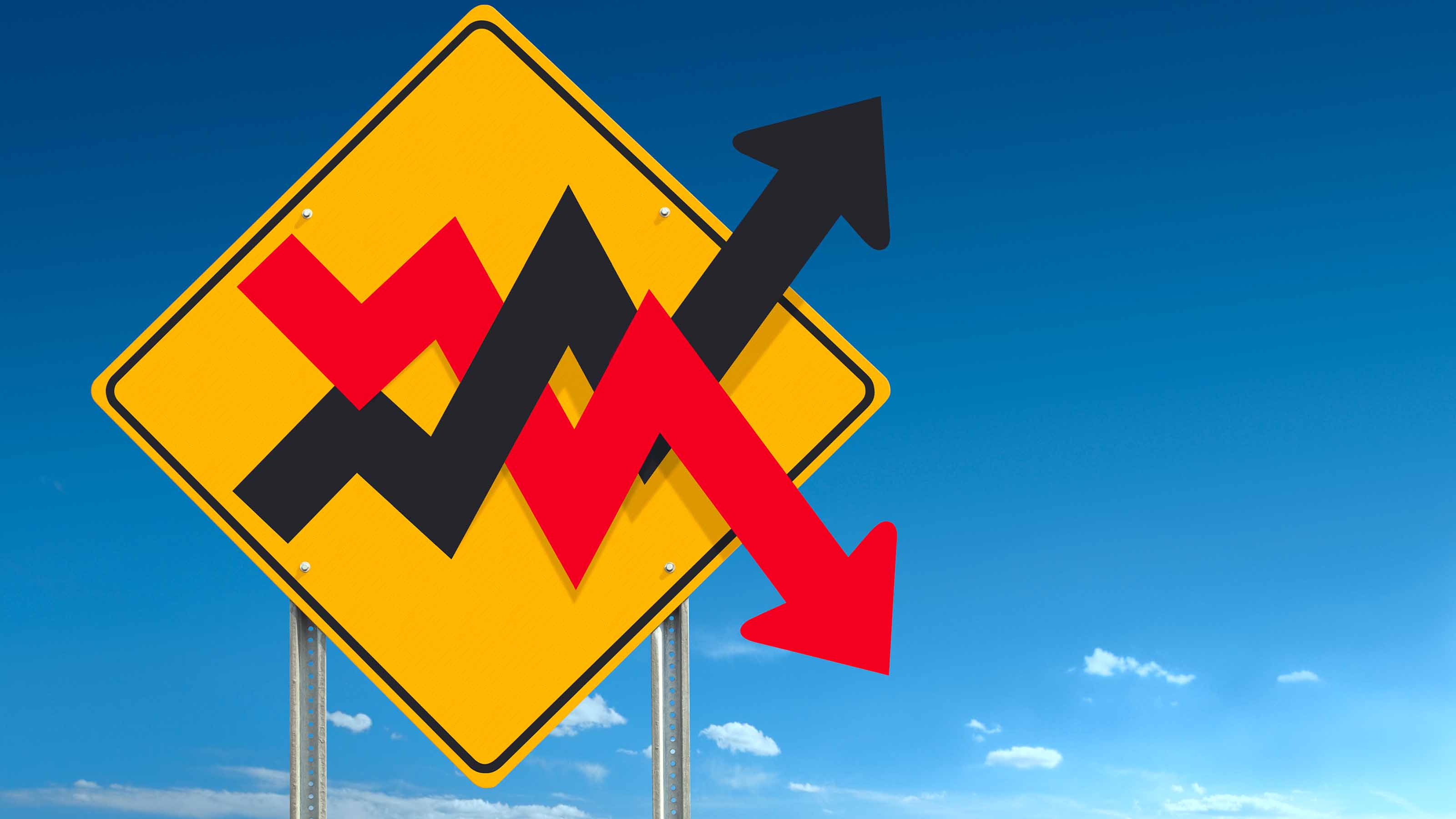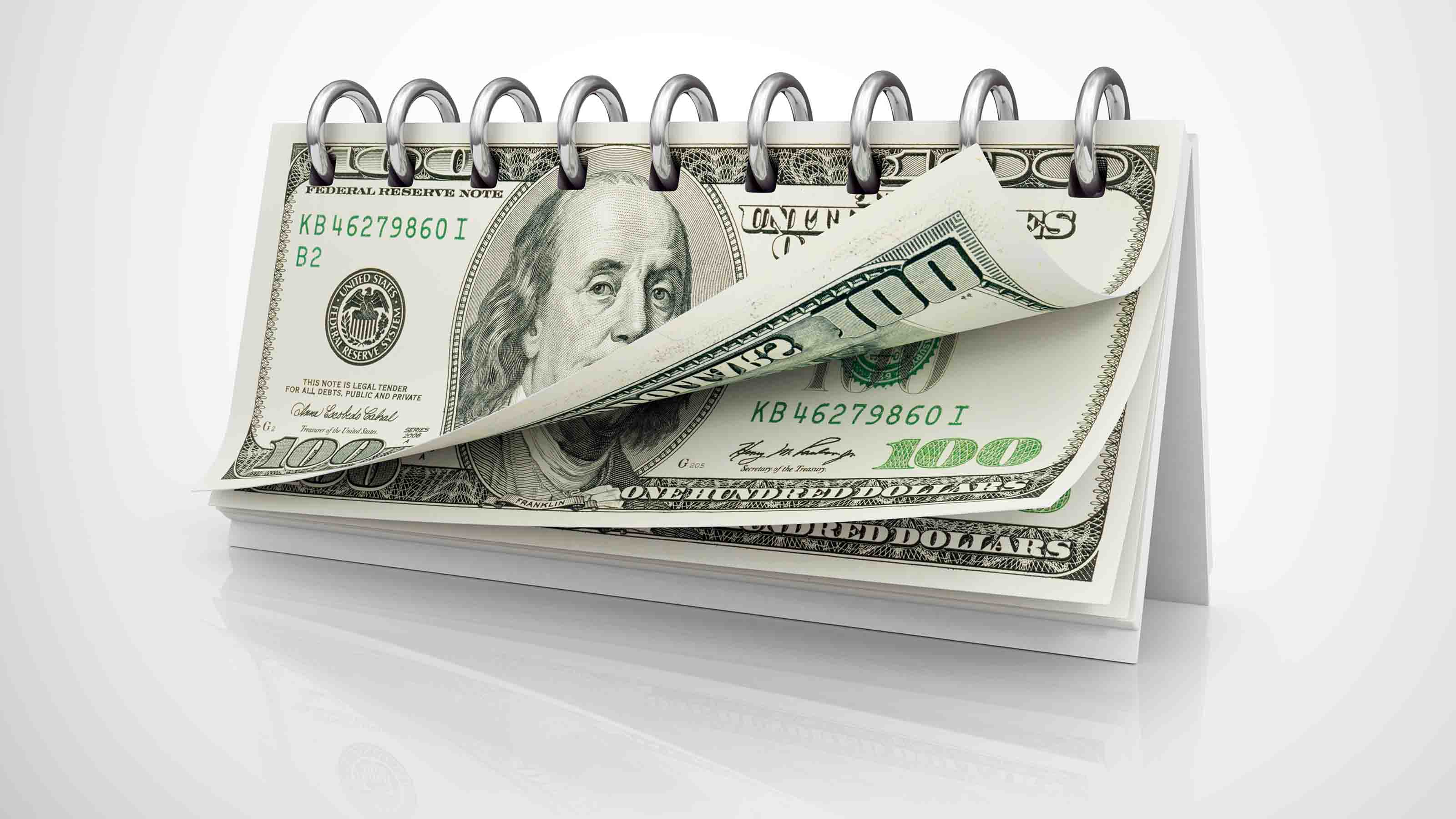Treasuries: The Brand to Trust
Turn to Uncle Sam for security through the rest of the year.

On April 5, the yield on the ten-year Treasury note closed at 4.01%. That was its first finish above 4% in 18 months. Given the huge amount of outstanding Treasury debt and the government’s monumental borrowing needs, many people wondered what took so long. Then they’d often ask how fast it would reach 5%. Do I hear 6%? 7%? The message: Stay away from long-term Treasuries. You’ll get clobbered.
Wrong. The ten-year bond closed at 3.16% on June 22. If you had bought one on April 5, you would have seen the value of your investment appreciate by 7.1%—bond prices move inversely with yields. (For more on the edgy Treasury market, see What Ails Treasuries.)
In today’s climate, the textbook investing move isn’t necessarily the correct one. Consider this: Treasury-bond prices have been rising at the same time gold has been soaring. And despite a moratorium on drilling in deep waters in the Gulf of Mexico, oil prices are as calm as a bay.
From just $107.88 $24.99 for Kiplinger Personal Finance
Be a smarter, better informed investor.

Sign up for Kiplinger’s Free Newsletters
Profit and prosper with the best of expert advice on investing, taxes, retirement, personal finance and more - straight to your e-mail.
Profit and prosper with the best of expert advice - straight to your e-mail.
Treasuries are the latest paradox. They’ve gone from absurdly overvalued to much of the global community’s investment of choice. Last year’s talk of the dollar’s inevitable collapse and of Treasuries as fish wrap is over. (Note my argument for the investment at that time.) Now, Treasury bonds are seen as blocks of granite. “The last 45 to 60 days, there’s been a global reallocation of assets” in favor of U.S. securities, says Richard Saperstein, managing director of Treasury Partners, a New York City money-management firm that invests in—you guessed it—Treasury debt. “The U.S. dollar is reemerging as the preferred currency at the exclusion of everything else,” adds Saperstein, a 25-year veteran of the bond business.
In San Francisco, Chris Shayne, of BondDesk Group, a source of bond-market information, says the unsettling May 6 flash crash in stocks also favors Treasuries. Since the crash, which lasted all of 20 minutes, individuals have ratcheted up their orders for Treasuries and cut down on buying other kinds of bonds, Shayne says. Even Pimco bond-manager extraordinaire Bill Gross, who in 2008 called Treasuries the most overpriced financial asset on earth, is adding them to Pimco Total Return (PTTAX), the world’s largest mutual fund.
The resurgence of Treasuries partly reflects economic jitters. Slow hiring and tepid corporate spending threaten to dampen the economic recovery. Banks remain reluctant to lend. Interest rates normally drift or fall when credit demand is weak. So expect the yield on the ten-year Treasury to bob between 3% and 4% the rest of 2010, spending more time below 3.5% than closer to 4%.
Who’da thunk it? Given that the Treasury’s bond-making machinery is likely to be running full-time this year and for many years to come, my forecast may strike you as optimistic. During the second week of June, for example, the Treasury manufactured $206 billion of debt, from 13-week bills to 30-year bonds. And when you vastly increase the supply of anything, whether it’s corn, condos or government bonds, its price is supposed to drop.
You may therefore wonder how much longer the Treasury can keep finding takers at such low interest rates. But for now, bond brokers say demand is enormous. That’s what counts because long-term Treasury yields are set in the marketplace, not by the Federal Reserve Board. “We’ve generally become accustomed to regular issuance despite the government’s swelling debt load,” says Justin Hoogendoorn, head bond strategist for BMO Capital Markets in Chicago and a former Northern Trust portfolio manager. BMO is owned by a Canadian bank, and while Hoogendoorn also recommends Canadian bonds, “we don’t really have a lot of clients looking for foreign currency exposure,” he says. “They’re looking for U.S. investments.”
New York money manager Jonathan Satovsky, who handles private accounts, is convinced that foreigners have a lot more faith in U.S. securities than do Americans, who seem to be pessimistic about nearly everything financial. “People in other places perceive their own securities and economies to have weak checks and balances,” Satovsky says. Negativity in the U.S., he says, is most pervasive among those 65 and older. They fear losing savings to hyperinflation, although that has bedeviled savers and pensioners in other nations but not in America—at least not recently.
Clearly, intangibles and value judgments are major factors in Treasury trading. Developments in the past couple of years have, believe it or not, enhanced the Treasury’s reputation as a provider of a reliable, high-quality product. The Treasury’s brand name in government-guaranteed debt securities is what Mercedes is to cars, Harvard and Oxford are to universities, Coca-Cola is to beverages and Google is to search engines.
So in times of stress—and that fairly describes the current situation—a Treasury bond’s resale value is likely to be a little higher and its yield a bit lower than news headlines, Wall Street warnings and apocalyptic chatter in the blogosphere might suggest they should be. If you truly need high income, government bonds don’t provide it. To get 5%, look at pipeline partnerships, utility stocks, conservative real estate investment trusts and investment-grade corporate bonds. But for a secure parking place through the rest of this year, and into 2011, Treasuries will work just fine.
Profit and prosper with the best of Kiplinger's advice on investing, taxes, retirement, personal finance and much more. Delivered daily. Enter your email in the box and click Sign Me Up.

Kosnett is the editor of Kiplinger Investing for Income and writes the "Cash in Hand" column for Kiplinger Personal Finance. He is an income-investing expert who covers bonds, real estate investment trusts, oil and gas income deals, dividend stocks and anything else that pays interest and dividends. He joined Kiplinger in 1981 after six years in newspapers, including the Baltimore Sun. He is a 1976 journalism graduate from the Medill School at Northwestern University and completed an executive program at the Carnegie-Mellon University business school in 1978.
-
 2026 Family Tax Credits: Three IRS Changes You Need to Know Now
2026 Family Tax Credits: Three IRS Changes You Need to Know NowTax Credits While the child tax credit remains the same, other family tax credits are higher for 2026, including the earned income tax credit and other inflation-adjusted amounts. Here's what they're worth now.
-
 A 'Fast, Fair and Friendly' Fail: Farmers Irks Customers With Its Handling of a Data Breach
A 'Fast, Fair and Friendly' Fail: Farmers Irks Customers With Its Handling of a Data BreachFarmers Insurance is facing negative attention and lawsuits because of a three-month delay in notifying 1.1 million policyholders about a data breach. Here's what you can do if you're affected.
-
 The Most Tax-Friendly States for Investing in 2025 (Hint: There Are Two)
The Most Tax-Friendly States for Investing in 2025 (Hint: There Are Two)State Taxes Living in one of these places could lower your 2025 investment taxes — especially if you invest in real estate.
-
 The Final Countdown for Retirees with Investment Income
The Final Countdown for Retirees with Investment IncomeRetirement Tax Don’t assume Social Security withholding is enough. Some retirement income may require a quarterly estimated tax payment by the September 15 deadline.
-
 Why Investors Needn't Worry About U.S. Credit Downgrade
Why Investors Needn't Worry About U.S. Credit DowngradeFitch Ratings The United States saw its credit rating downgraded for just the second time in history, but experts aren't worried about the long-term damage to stocks.
-
 Income-Investing Picks for a Recession
Income-Investing Picks for a RecessionInvesting for Income Some consequences of an economic downturn work to the benefit of fixed-income investors. Here are three fund ideas that fit the bill.
-
 Dogs of the Dow Are 2022's Best in Show
Dogs of the Dow Are 2022's Best in Showdividend stocks Some of the best investments for income investors in a volatile 2022 have come from the Dogs of the Dow.
-
 Bond Values in a Volatile Market
Bond Values in a Volatile MarketInvesting for Income While the market's instability may not be over just yet, the latter half of the year should be less daunting – and possibly more rewarding – for investors.
-
 Should You Buy Bonds Now? What To Consider
Should You Buy Bonds Now? What To Considerbonds The fixed-income market has been turned on its head in recent years, but there are still opportunities for those looking to buy bonds again.
-
 Dividend Dates: A Beginner's Guide
Dividend Dates: A Beginner's Guidedividend stocks Everything you need to know about ex-dividend dates, dividend announcements and other parts of the dividend calendar.